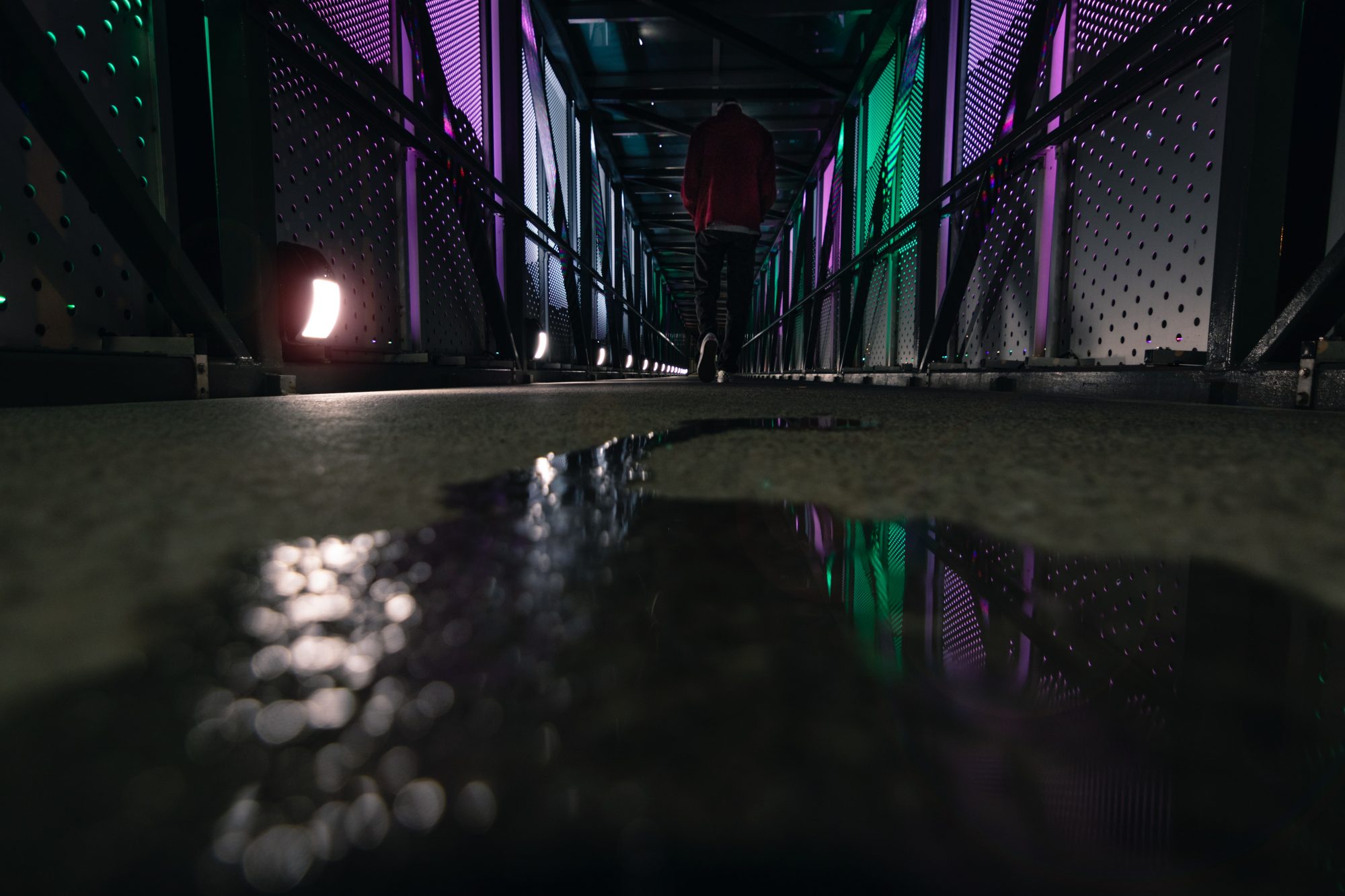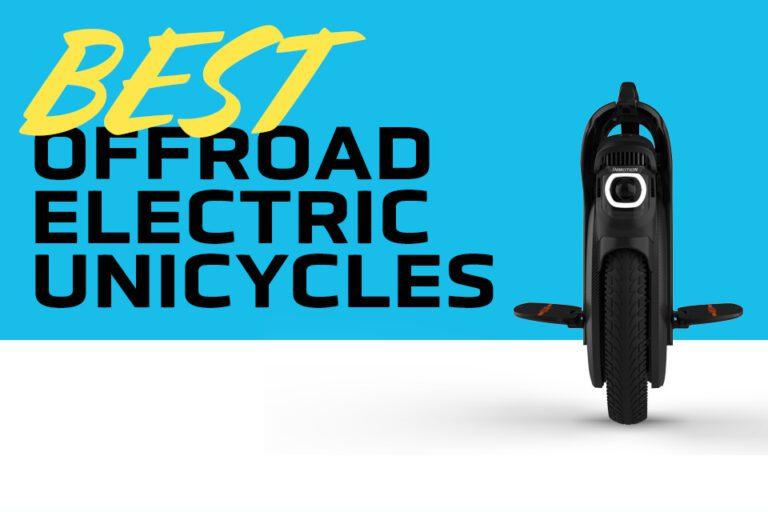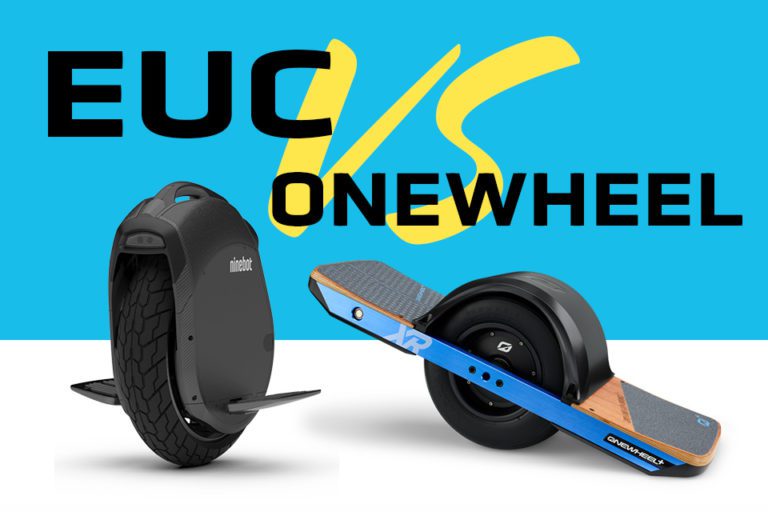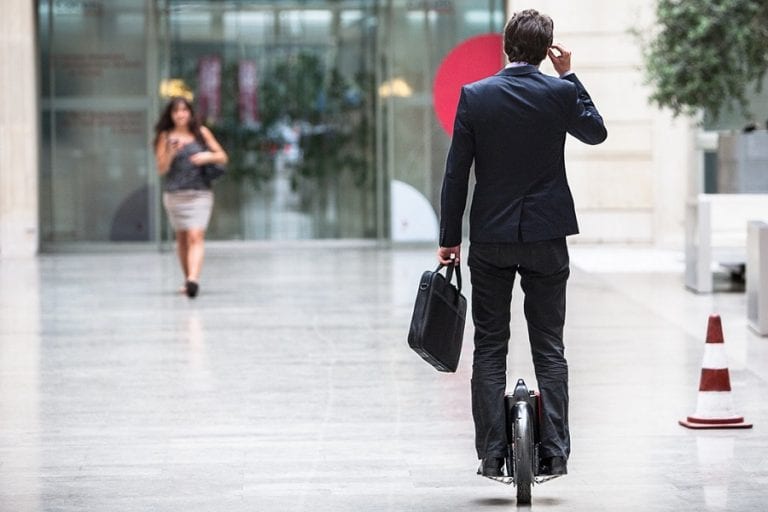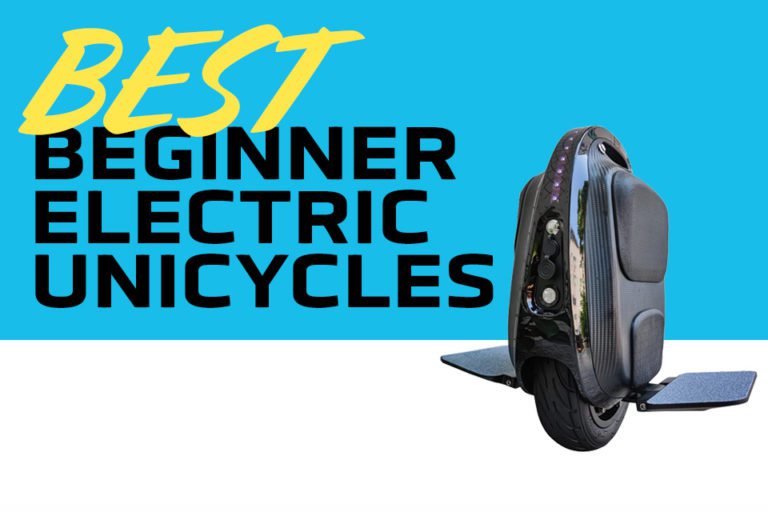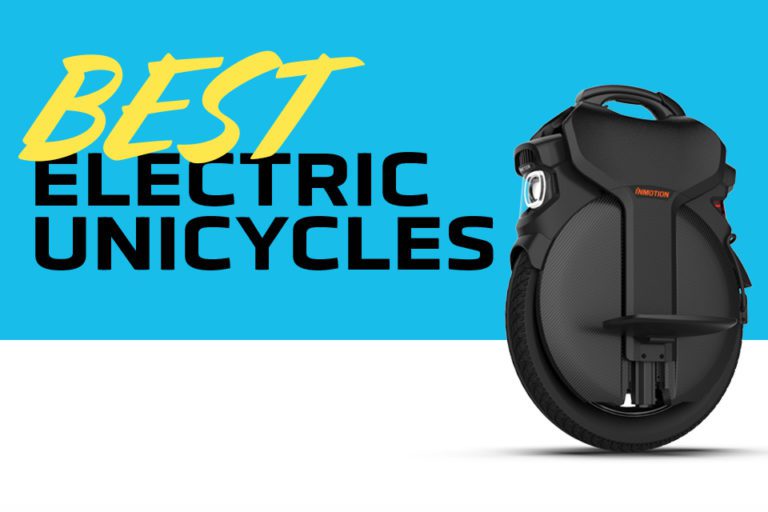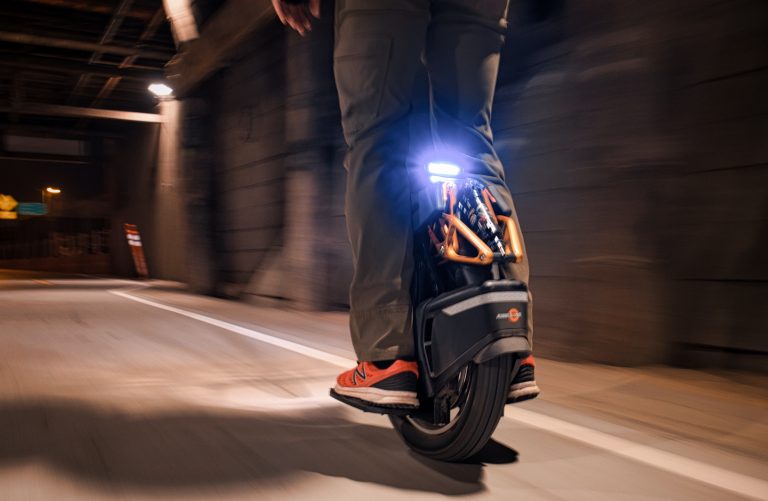Can You Ride an Electric Unicycle in the Rain?
One common question among electric unicycle owners is whether they can ride their EUCs in the rain. First-time owners are always concerned about electrocution, while some of us are more concerned with the effect of water on our e-unicycles than the rain itself.
As a rider, yes, you can ride in the rain. However, the problem is judging how heavy the rain will be. What appears to be a light shower can quickly escalate to a torrential downpour. As a general rule, do not ride in the rain unless necessary. Before heading out, there are several conditions to consider.
Factors to Consider Before Riding an Electric Unicycle in the Rain
I always advise riders to check on two things:
- The model and build of the e-unicycle
- The severity of weather conditions
Water-Resistant Models
Electric unicycles are built differently and vary from one brand to the other. Some models lack water protection and shouldn’t be ridden in wet conditions. Others have basic water protection, while the rest have high water resistance that protects components from rain splashes.
But how do you check if an electric unicycle is rain-worthy? There are a few ways to tell!
IP Ratings
A vital component to check when shopping or riding an electric unicycle is its IP rating. IP stands for ingress protection. It is an international standard used to rate how electrical enclosures are protected from moisture and dust.
The IP rating comes with two numbers. The first indicates how the electric unicycle is resistant to dust and solid foreign bodies. The second number displays how the EUC fares against water, splashes, sprinkles, and moisture.
First Number (Solid Particle Protection)
1 – Effective against large solids
2 – Protected against smaller objects like fingers
3 – Effective against thick wires, tools, and similar objects
4 – Protected against slender wires and ants
5 – Dust protection (limited)
6 – Dust-tight protection. Complete protection against dust
Second Number (Liquid Protection)
1 – Protected against dripping water
2 – Effective against dripping water when tilted at 15˚
3 – Protected against spraying water
4 – Protected against flashing water
5 – Effective against water jets
6 – Effective against powerful water jets
6K – Protected against pressurized water jets
7 – Protected against immersion in water (up to 3 ft 3 in)
8 – Protected against immersion in water (up to 9.8 ft)
9K – Effective against high pressure, high-temperature water jets
Here are typical examples of IP ratings on electric unicycles
- IP66: Protected against dust and powerful water jets
- IP65: Complete protection against dust and limited protection against water jets
- IP56: little protection from dust, but highly protected from water jets
- IP55: limited protection from dust and water jets
- IP54: Protected against dust (small quantity) and water sprays from any angle
The digit 0 designates the EUC isn’t shielded from moisture and solid particles. Owners of such unicycles should forget about riding in the rain. The letter X indicates the manufacturer was unable to gather protection data.
Electric unicycles with an IP rating below 3 aren’t well protected from moisture. Such e-unicycles are likely to get damaged when ridden in the rain.
Most electric unicycles with IP54 and above are water-resistant and can be used in the rain. They are unlikely to get damaged if the rain is light and the rider avoids deep paddles.
EUCs with IP67 or above are marketed as waterproof. They should tackle average drizzles without problems.
Avoid riding in the rain with an e-unicycle without an IP. Although the risk of electrocution is low, the water splashes will render the unicycle inoperable.
How Wet Is Too Wet?
It’s always a good practice to check weather forecasts before heading out on an e-unicycle. I consider sunny days to be the perfect riding period, while rainy days are the worst time to ride. Rain poses many challenges, even to skilled EUC riders.
Whenever it rains, visibility is compromised. An e-unicycle can be waterproof, but it becomes useless if the rider cannot see ahead while riding in the rain. If conditions are so poor that I can’t see obstacles past 400 ft, I don’t risk it. There is a higher chance of being involved in an accident when riding blind.
Besides visibility, rainstorms can permanently damage an electric unicycle. Water-resistant EUCs are fine in shallow puddles, but they can get damaged when they encounter deeper waters. Given that rain can worsen unexpectedly, it’s advisable to abandon riding and seek shelter.
Freezing rain is also problematic to e-unicycles. Wintry conditions adversely affect electric motors and batteries. When these components are affected, the electric unicycle will shut down instantly without warning.
Braking and turning on wet, slippery surfaces is another risk riders face. I always take extreme caution and reduce my speed when tackling slippery roads or pavements. Wet pedals are also very risky, especially when the rider has soaked shoes.
How to Weatherproof an Electric Unicycle
The rain gear I use is a high-quality helmet and a high visibility rain jacket. Beyond personal equipment, I often equip my e-unicycle with the following components.
Fenders
Fenders are an absolute necessity for anyone riding in the rain. Their primary purpose is to prevent water splashes from reaching the motor and battery. I also love them because they stop my legs from getting soaked and slipping from the pedal.
Helmet cover
The lid needs to be dry and protected from rain.
Motherboard Protection
I never take chances with my unicycle’s motherboard. If I intend to ride in the rain, I always spray the motherboard with a waterproof solution and let it sit for 24 hours. Any water that makes its way to the board is likely to be repelled.
What to Do After a Ride in the Rain
The first thing is to change wet clothes. Warmer clothes are more comfortable and reduce the risk of illnesses like pneumonia.
The next step is attending to the electric bike. Start by rinsing off any mud that is stuck. Afterward, wipe any excess water on the EUC, then store it in a dry place to dry. Never charge the EUC immediately after a wet riding session.
Bottomline
You should only ride a waterproof electric unicycle in the rain. However, it isn’t worth riding in heavy rainstorms as there are too many things that can go wrong. Remember, safety first!

